Investment boom and fractures
The boom was marked in the period from 2018 to 2021 with the preferential FIT (Feed-in Tariff) policy issued by the Government in Decisions 11/2017/QD-TTg and then 13/2020/QD-TTg. This period saw the strongest investment in the renewable energy sector in Vietnam, especially solar power and wind power, with the participation of a series of domestic and foreign investors who poured capital into clean power projects, creating a wave of "green transition" on the national energy map.
By the end of 2021, Vietnam had put into operation more than 17,000 MW of solar power, of which more than 8,000 MW were rooftop solar power systems. The total solar power capacity at that time accounted for about 25% of the total national power capacity - an impressive figure, making Vietnam one of the leading countries in Southeast Asia in solar energy development. In 2020 alone, there was a time when an average of 1,000 MW was connected to the national grid each month.
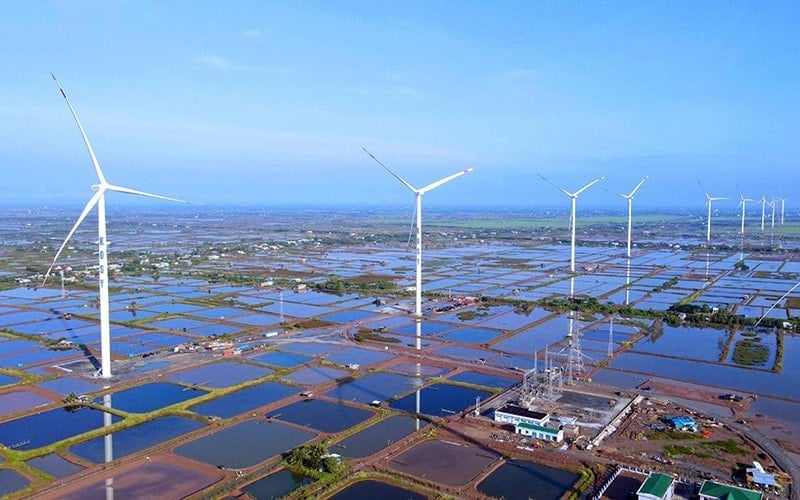
Wind power has also recorded strong progress. By the end of 2023, Vietnam will have about 3,800 MW of wind power in commercial operation, largely due to the rush of investment decisions before the expiration of the wind power FIT price policy (October 31, 2021 according to Decision 39/2018/QD-TTg). In total, nearly 4,000 MW of wind power has been registered for investment, of which many projects have not been completed on time and have to be classified as "transitional" - not yet recognized for electricity prices.
The market now has the participation of names such as: Trung Nam, Tai Tam, BCG, or GEC along with foreign investors such as: Mainstream Renewable Power (Ireland), EDP Renewables (Portugal), Super Energy (Thailand), AC Energy (Philippines) ... have signed cooperation or owned shares in projects in Vietnam. This shows that the attraction of preferential electricity price policy has attracted a series of big names to participate in the market.
First, Trung Nam Group is one of the leading investors in the field of renewable energy. The Trung Nam Thuan Nam 450 MW solar power project (Ninh Thuan) - accompanied by a transformer station and a 500 kV transmission line invested by the private sector - was once considered a model project in public-private partnership. In addition, Trung Nam also invested in wind power in Dak Lak , Gia Lai, Tra Vinh with a total capacity of thousands of MW.
Next is BCG Group (Bamboo Capital), through its member company BCG Energy, which has implemented many solar power and rooftop solar power projects in Long An , Ninh Thuan, and Binh Dinh. This enterprise also aims to achieve a total capacity of 1,500 MW of renewable energy by 2025.
Gia Lai Electricity Joint Stock Company (GEG), a member of Thanh Thanh Cong Group (TTC Group), has invested in 18 hydropower and solar power plants stretching from the Central region to the Central Highlands with a total capacity of more than 400 MW.
However, the "fever" of renewable energy investment quickly faced major bottlenecks after the FIT price policies expired. The renewable energy market has been in a nearly frozen state since the end of 2021, when there was no new replacement price mechanism and the legal corridor for transitional projects still had many shortcomings. According to data from the Vietnam Renewable Energy Association (REVN), there are currently more than 84 transitional wind and solar power projects with a total capacity of over 4,000 MW that have completed investment or mostly completed construction, but cannot be put into commercial operation (COD) due to the lack of an electricity price framework and have not been purchased by EVN, leading to losses of tens of billions of VND per month for investors.
Stuck projects include: Hoa Dong 1 and 2 wind power projects (Soc Trang) of Super Wind Energy Soc Trang Joint Stock Company. T&T Group's wind power cluster in Quang Tri (Huong Linh 1, Huong Tan). Many solar power plants in Binh Phuoc, Gia Lai, Tay Ninh of small and medium investors.
Notably, although the Ministry of Industry and Trade has issued Decision 21/QD-BCT regulating the transitional electricity price framework (much lower than the previous FIT), price negotiations and signing of power purchase agreements (PPA) with EVN are still very slow, due to the process of independent appraisal, approval of financial plans, and examination of investment documents... The prolonged period causes additional financial pressure and debt for businesses, especially those borrowing bank credit for investment.
It is noteworthy that "investing and waiting for policies" is causing many projects to fall into a "half-laughing, half-crying" situation - unable to operate, but also unable to mobilize new capital or restructure finances.
“Forming green capital” in the right direction
If done in the right direction, green credit will not only be a driving force for a low-carbon economy but also a lever to help Vietnam successfully implement its commitment to net zero emissions by 2050. However, if standards and synchronization continue to be lacking, this capital flow may only be “green on paper”. Accordingly, “directing” green capital is necessary so that it can flow in the right direction.
According to a report by the State Bank, by the end of 2023, the total outstanding green credit in Vietnam will reach about VND544,000 billion, accounting for nearly 5% of the total outstanding debt of the entire economy. Most of which focuses on areas such as renewable energy, clean agriculture, wastewater treatment and sustainable transportation. However, experts say that this figure does not accurately reflect the quality of "green", as there is no standardized and unified classification among banks.
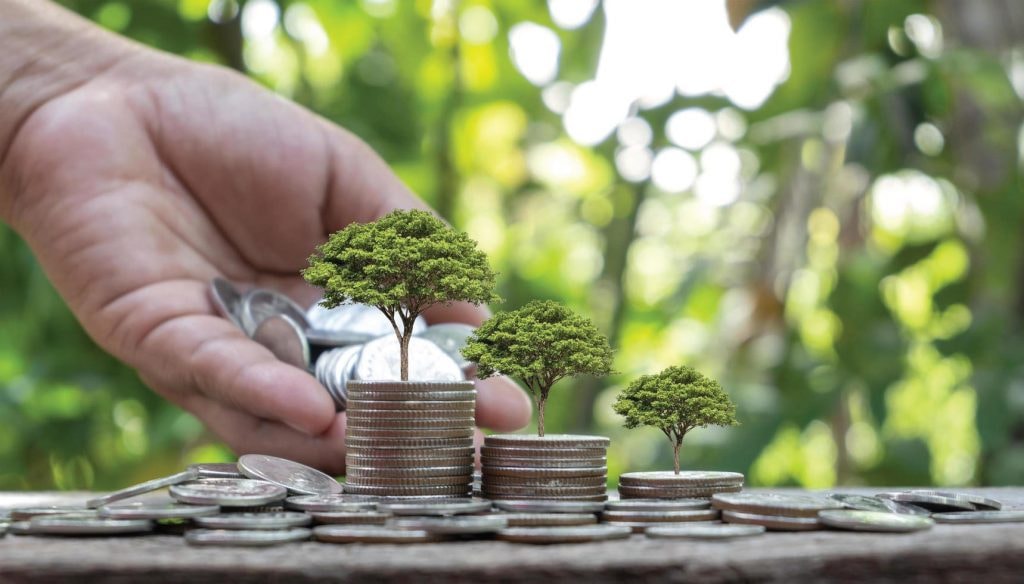
According to the General Secretary of the Vietnam Banking Association - Dr. Nguyen Quoc Hung, "most of the credits labeled 'green' are still not really up to international green standards. They only stop at lending to renewable energy projects, but do not deeply assess environmental and social risks or comply with ESG (environmental, social and governance) standards."
During the boom period from 2018 to 2021, a series of solar and wind power projects were granted credit by commercial banks as a normal loan. Most banks do not have a system to classify and measure environmental and social risks, and have not applied international practice standards such as IFC Performance Standards, EU Taxonomy or Green Loan Principles.
Meanwhile, truly “green” capital sources from foreign organizations such as the Green Climate Fund (GCF), international green bonds, ADB, JICA, and WB funding programs are very limited in access to Vietnamese enterprises. According to a survey by the International Finance Corporation (IFC), only about 10% of Vietnamese enterprises are eligible to access international green capital, mainly due to lack of capacity to prepare documents, failure to meet information disclosure standards, climate risk assessment, and lack of independent certification (third-party verification).
While the renewable energy market is slowing down due to the lack of new pricing mechanisms, agricultural production, green transportation or waste treatment enterprises require long-term capital and preferential interest rates – but cannot access green loan packages. Meanwhile, even credit institutions are not interested in projects with long life cycles, high risks, and high appraisal costs.
According to Dr. Tran Dinh Thien - economic expert, "Green credit cannot develop if the market lacks transparent information, lacks a clear legal framework and the State does not share risks with the private sector. This is a long-term game, we cannot apply short-term credit thinking."
And what solutions to prevent green credit from going astray are proposed by experts such as: Early promulgation of a national green classification framework jointly developed by the Ministry of Finance and the State Bank. This will be the foundation for clearly defining sectors, criteria, emission norms, etc. to direct credit flows towards real green goals.
At the same time, improve the green financial capacity of enterprises, through programs to support the preparation of dossiers, international standard consulting and ESG training. The role of intermediary organizations and green credit guarantee funds is essential. And promote connections with international capital sources.
Green credit is facing a crossroads, on one side is the huge capital demand to achieve climate commitments, on the other side is the hesitation, lack of standards, and limited internal capacity of both the financial system and businesses. For capital to be truly “green” and “flow in the right direction”, Vietnam needs to soon issue a National Green Classification Framework, complete ESG reporting standards, and promote a risk-sharing mechanism to activate the participation of the financial market in sustainable development goals. In particular, if there is no solution to green credit, it is very likely that a widespread “green bankruptcy” will occur, leading to bad debt risks at banks./.
Source: https://baodaknong.vn/tin-dung-xanh-bai-2-nan-dong-von-de-phat-trien-ben-vung-254024.html


![[Photo] A delegation of 100 journalists from the Vietnam Journalists Association visits the soldiers and people of Truong Sa island district.](https://vphoto.vietnam.vn/thumb/1200x675/vietnam/resource/IMAGE/2025/5/30/0984a986227d4e988177f560d2e1563e)



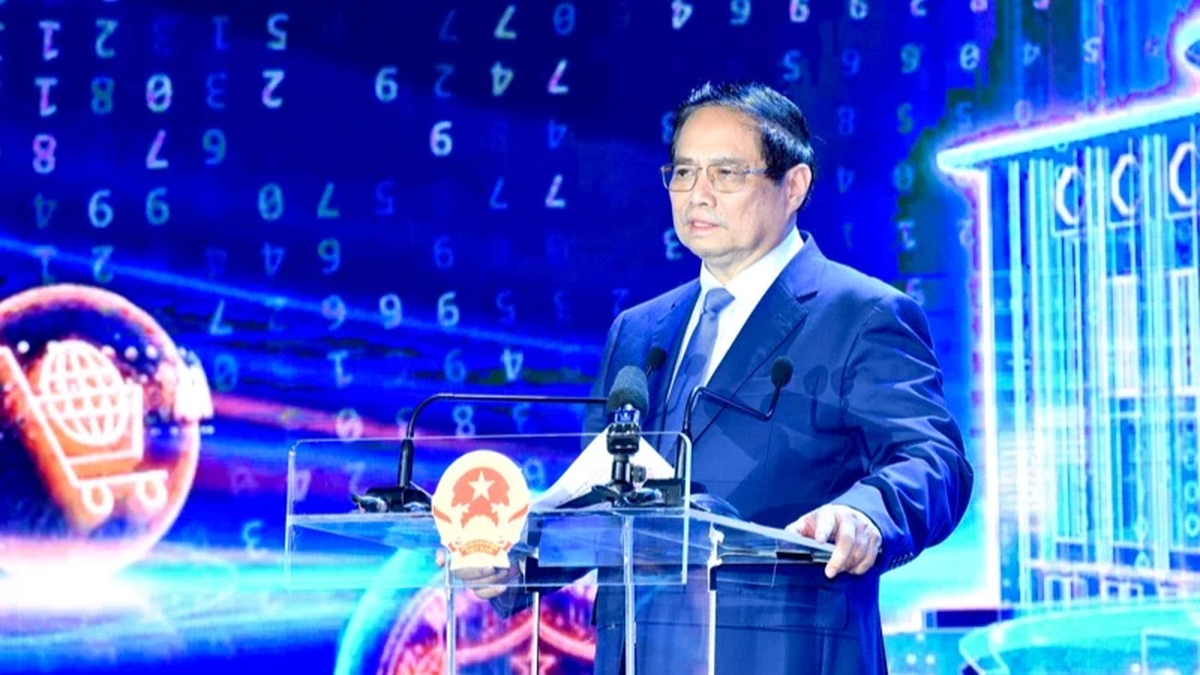
![[Photo] Prime Minister Pham Minh Chinh attends the event "Digital transformation of the banking industry by 2025"](https://vphoto.vietnam.vn/thumb/1200x675/vietnam/resource/IMAGE/2025/5/29/0e34cc7261d74e26b7f87cadff763eae)


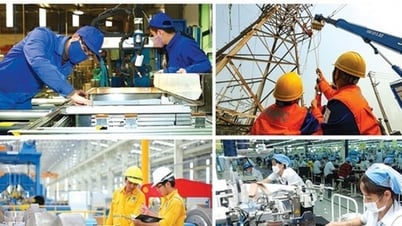

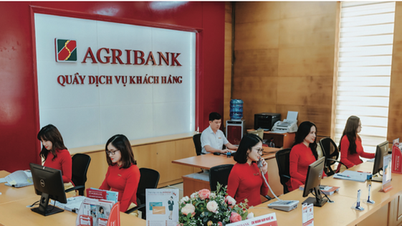
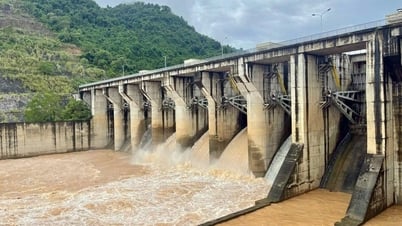

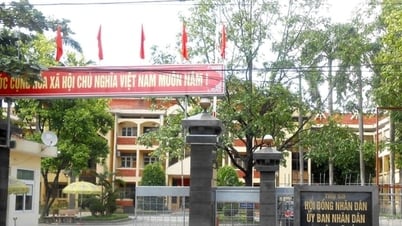









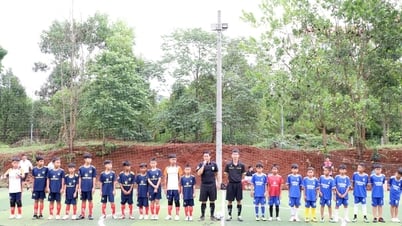
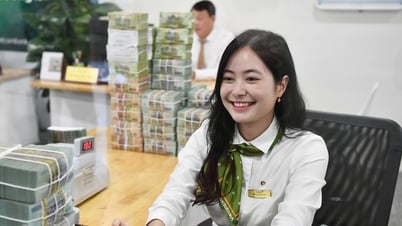

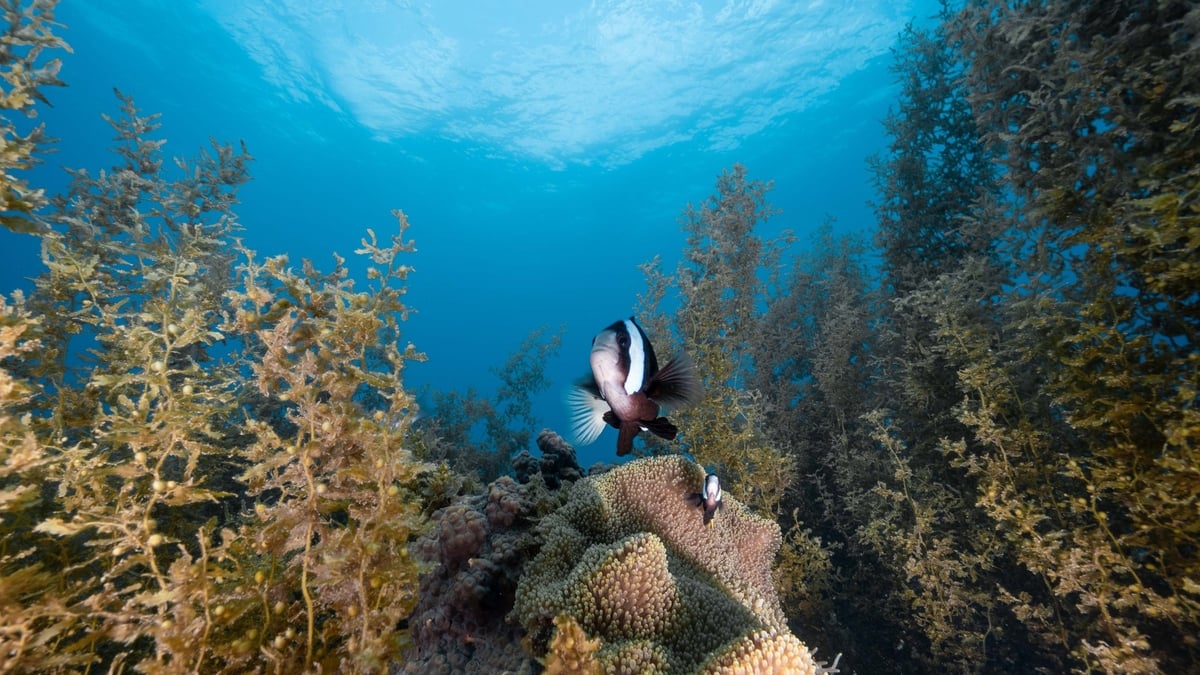






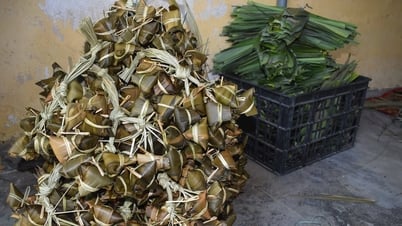



















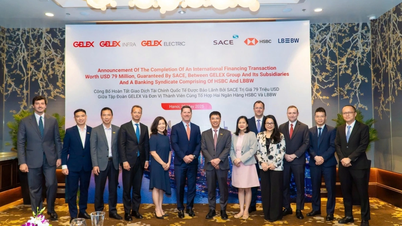

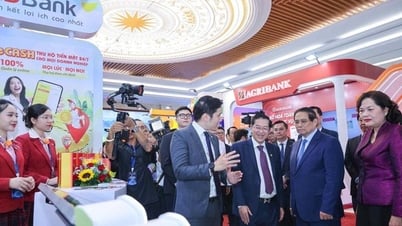

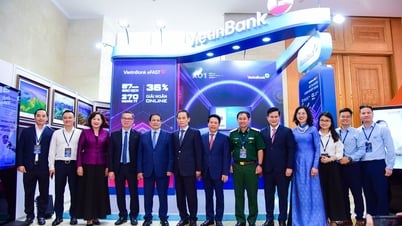








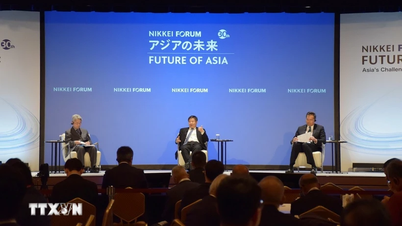





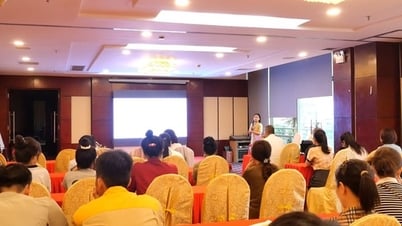


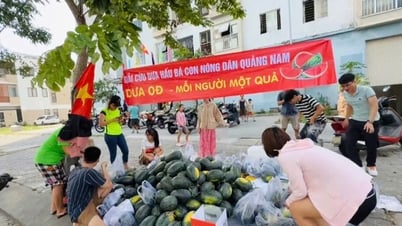

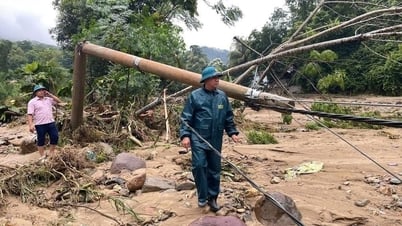



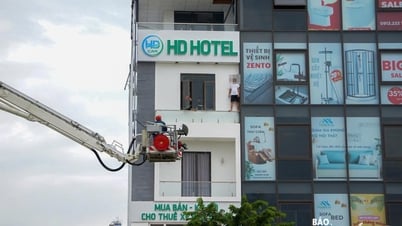



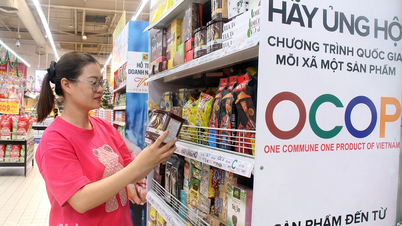
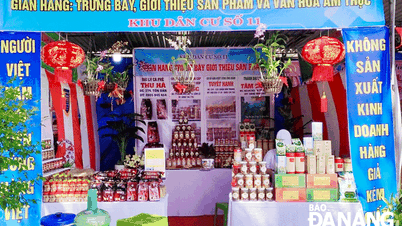


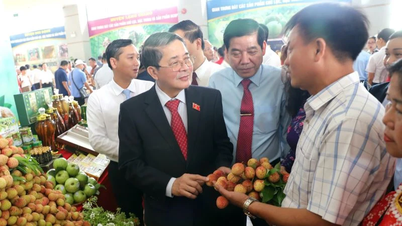




Comment (0)